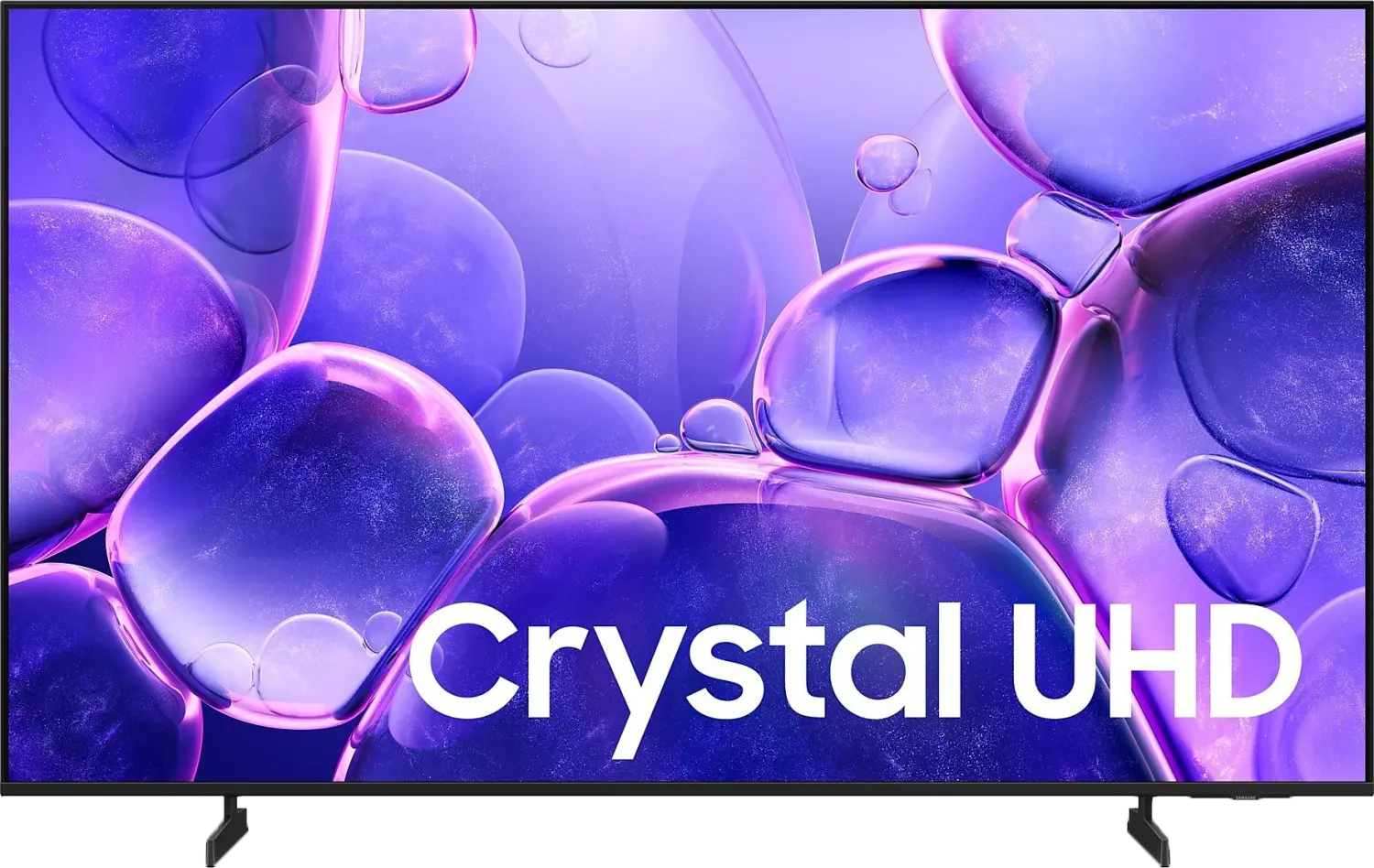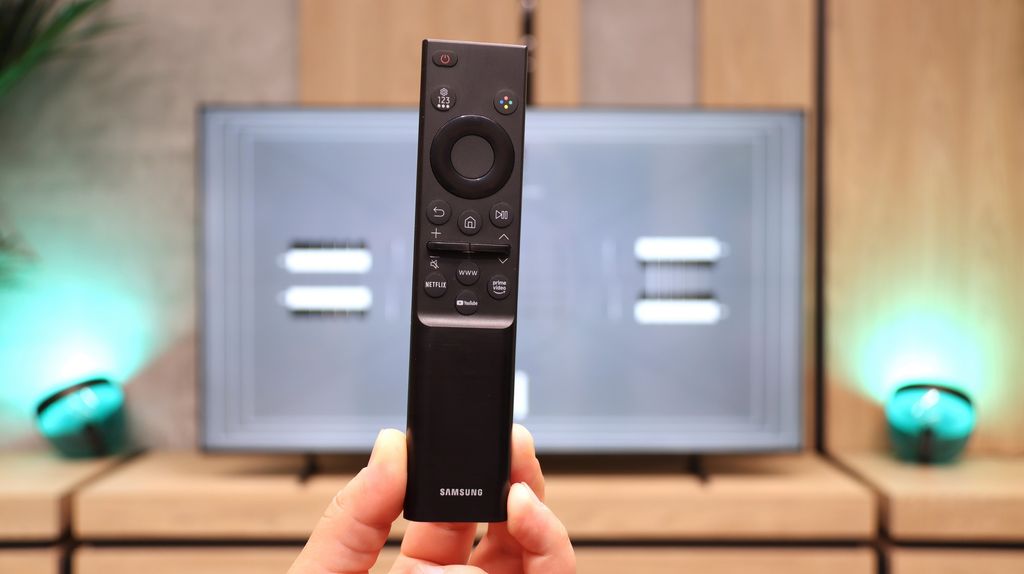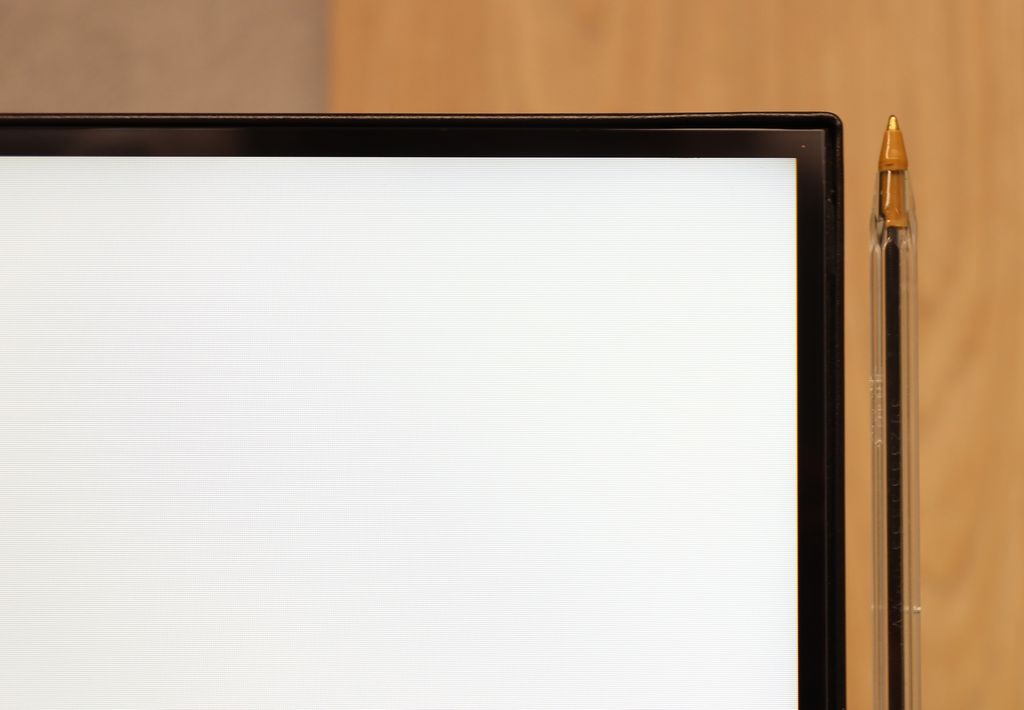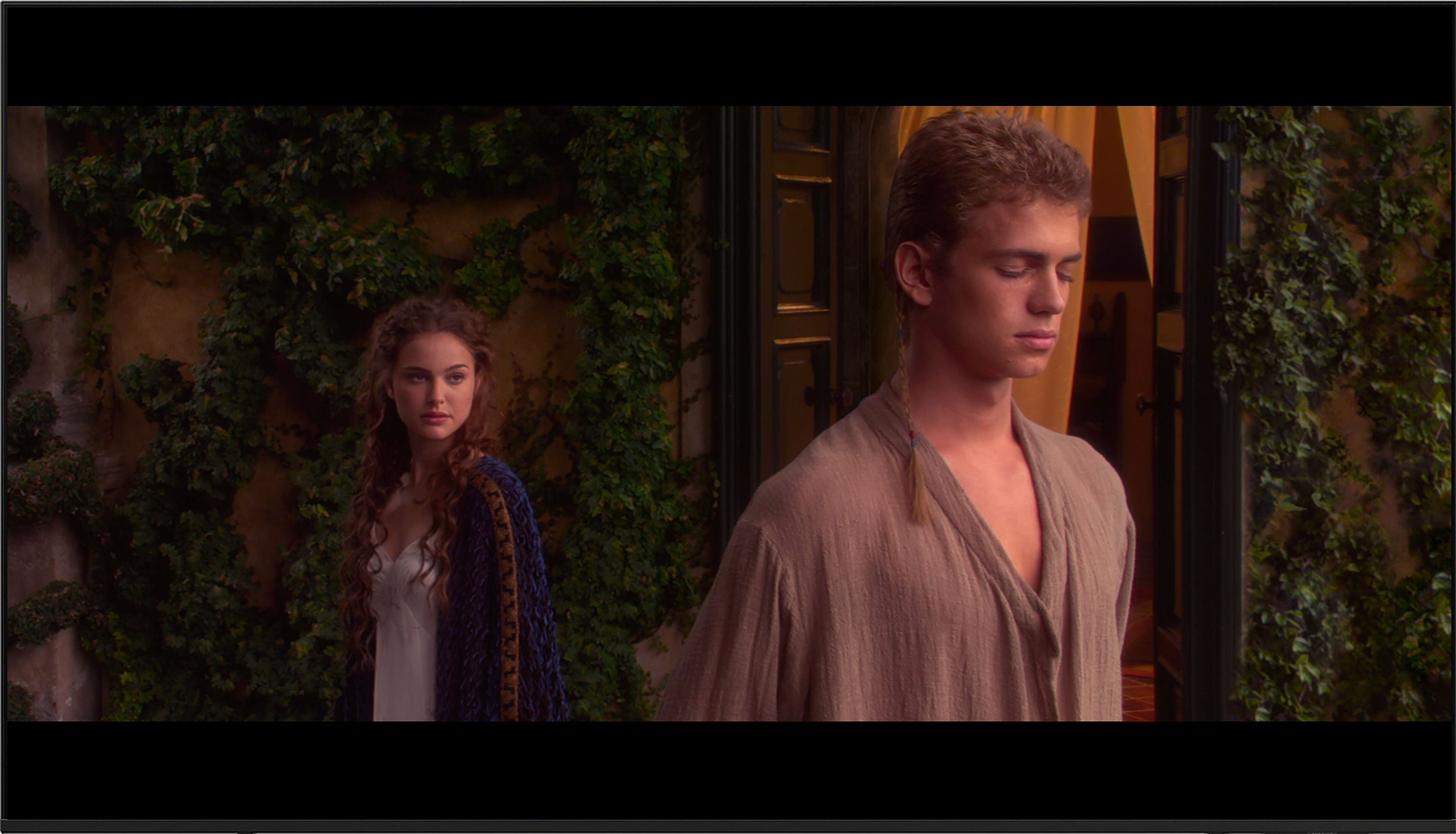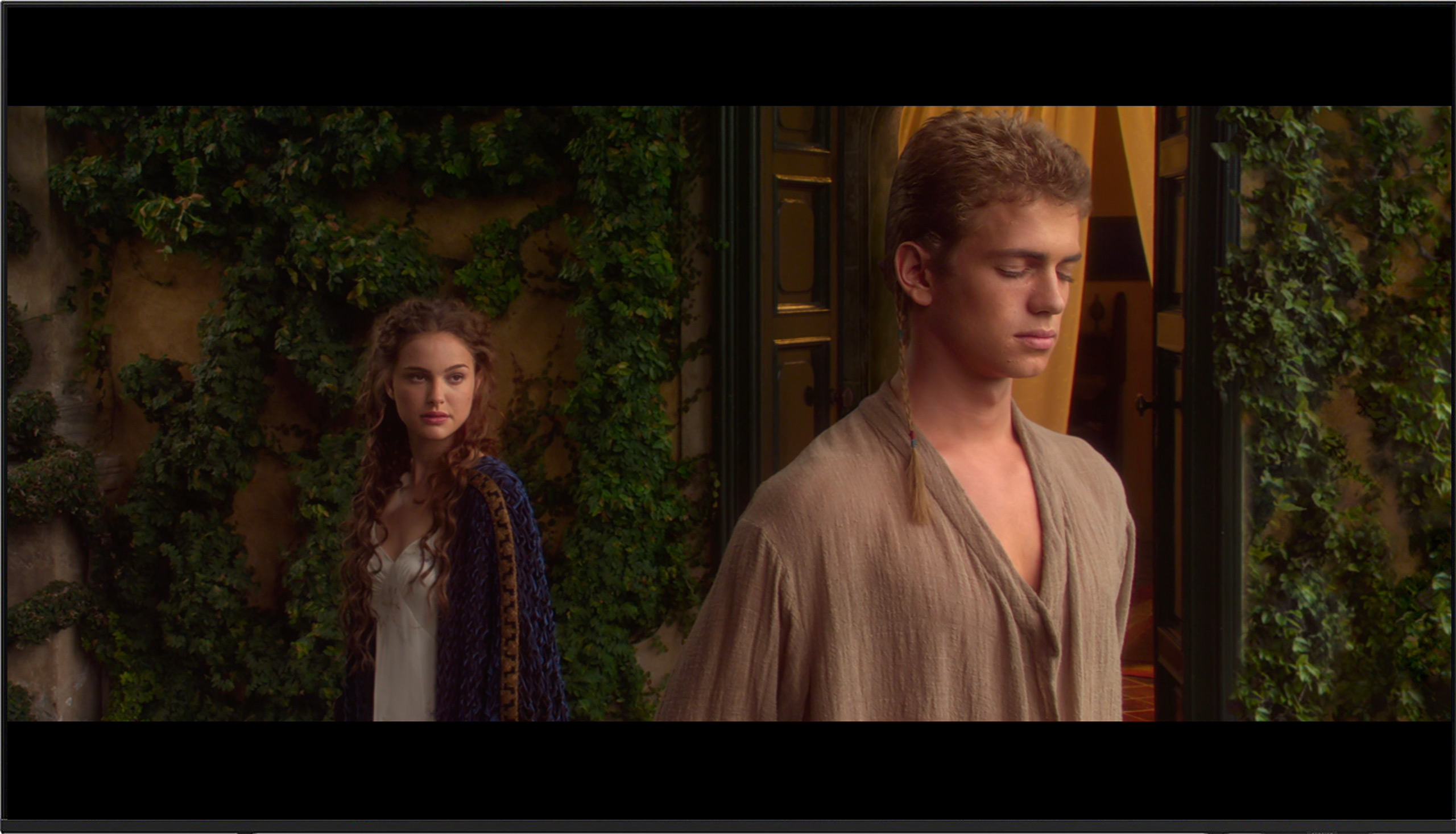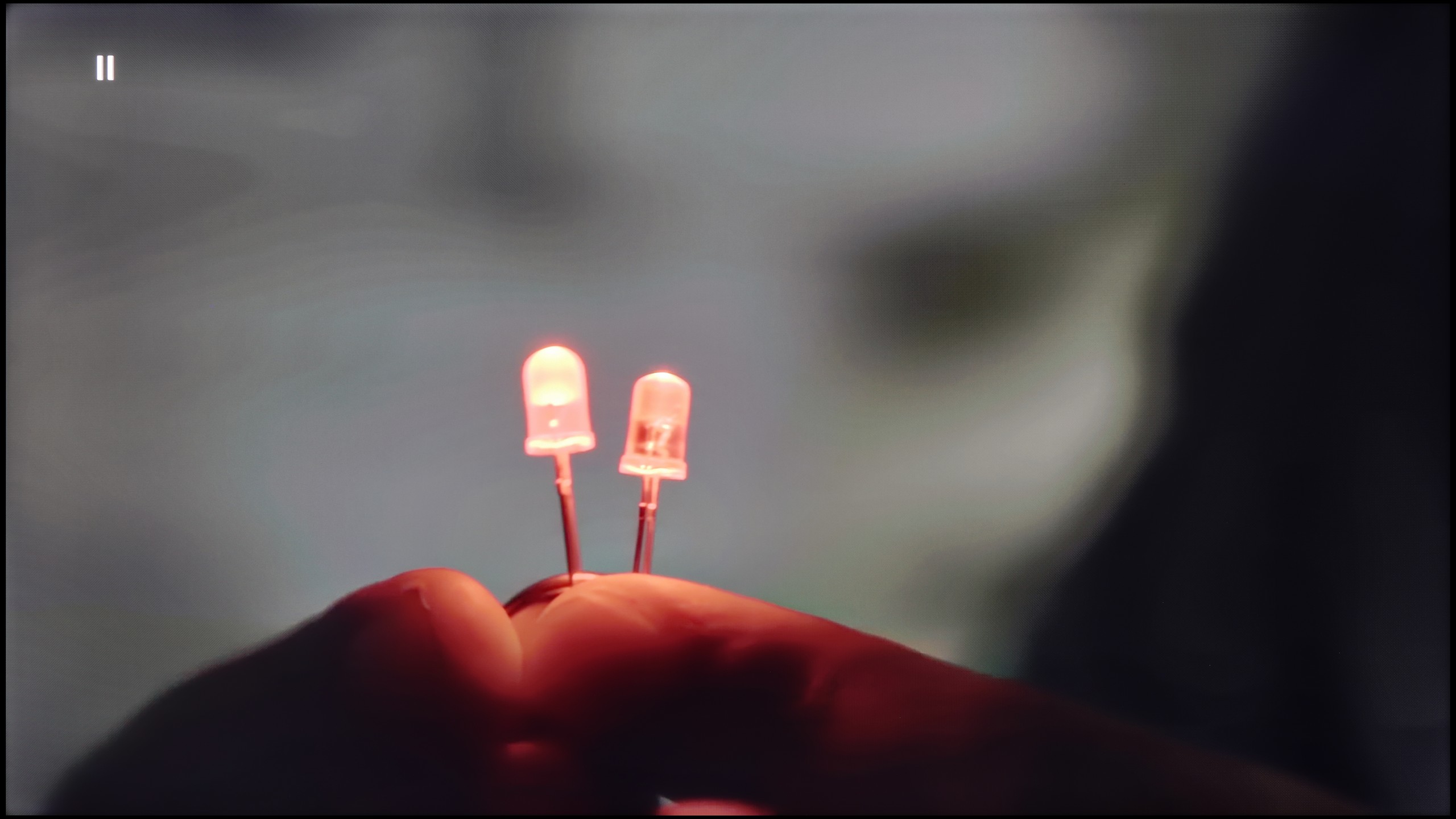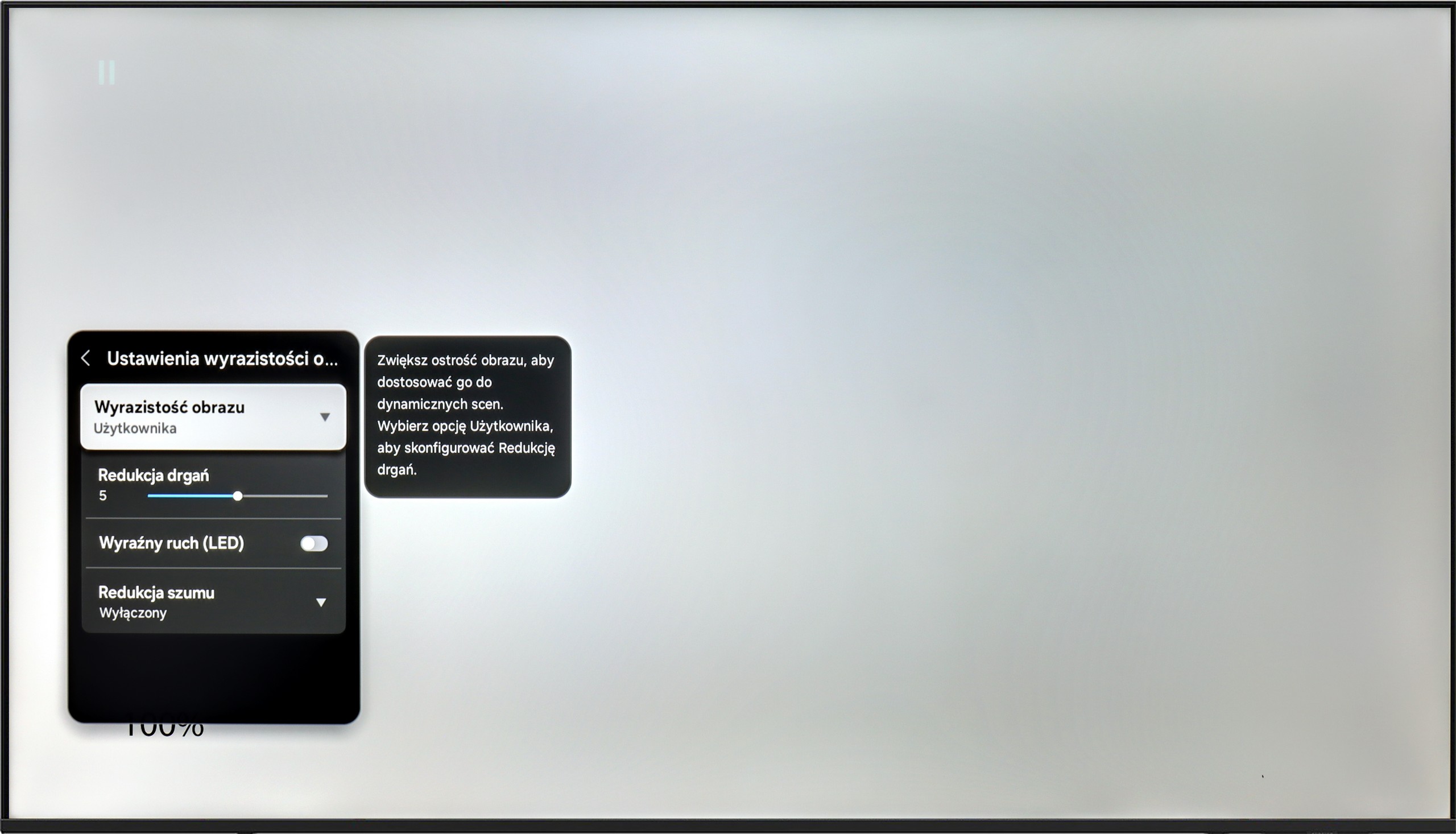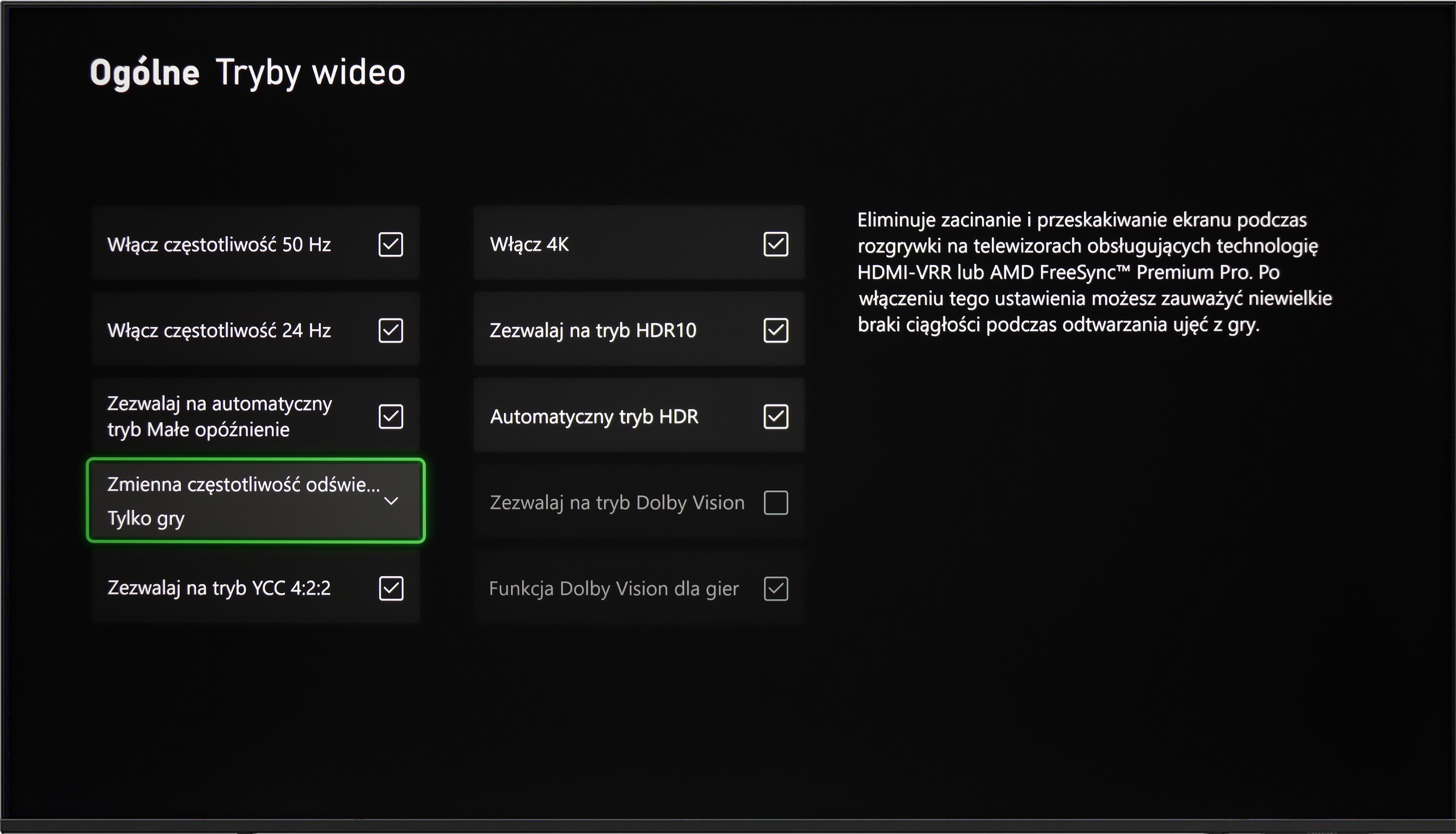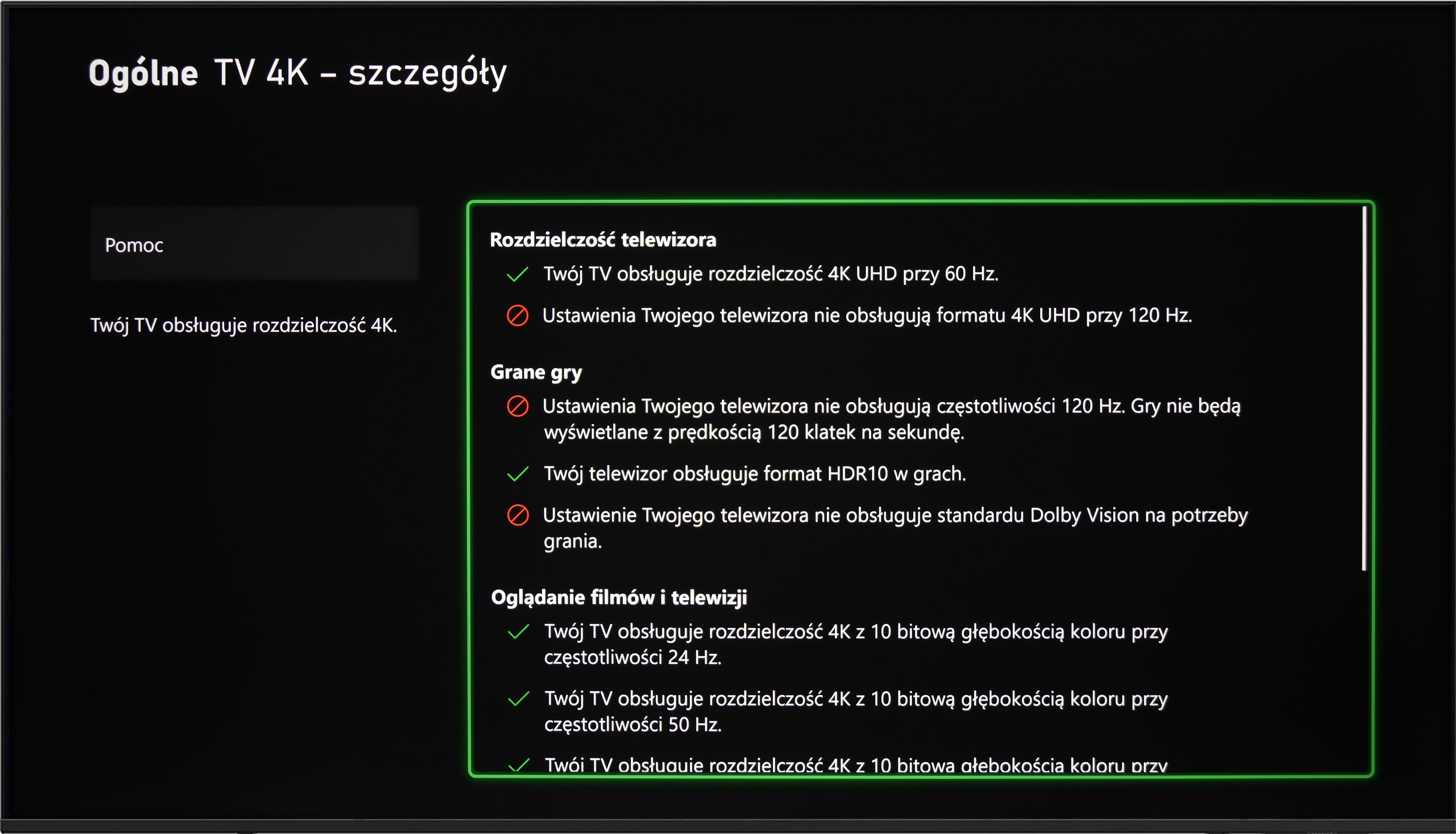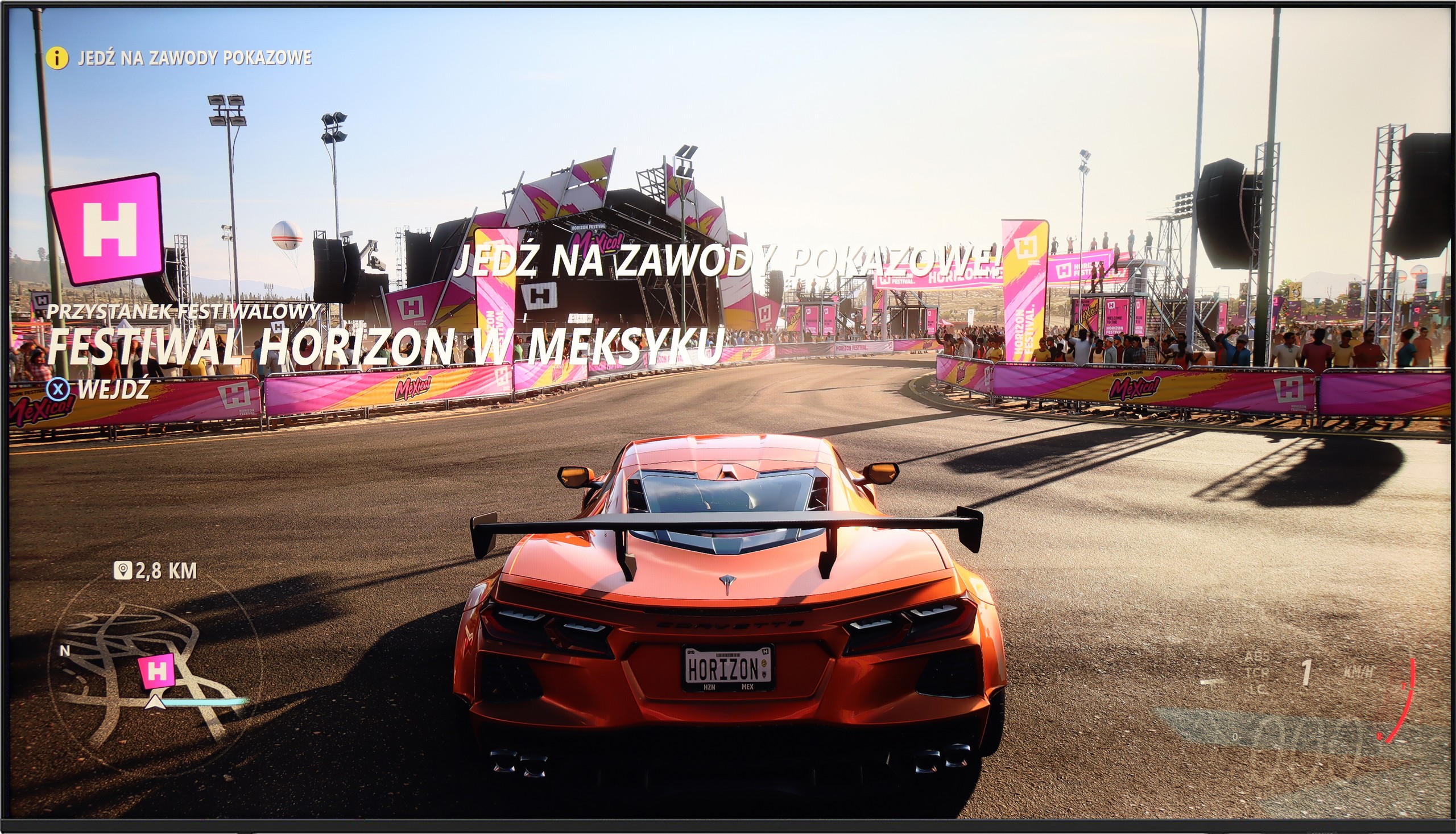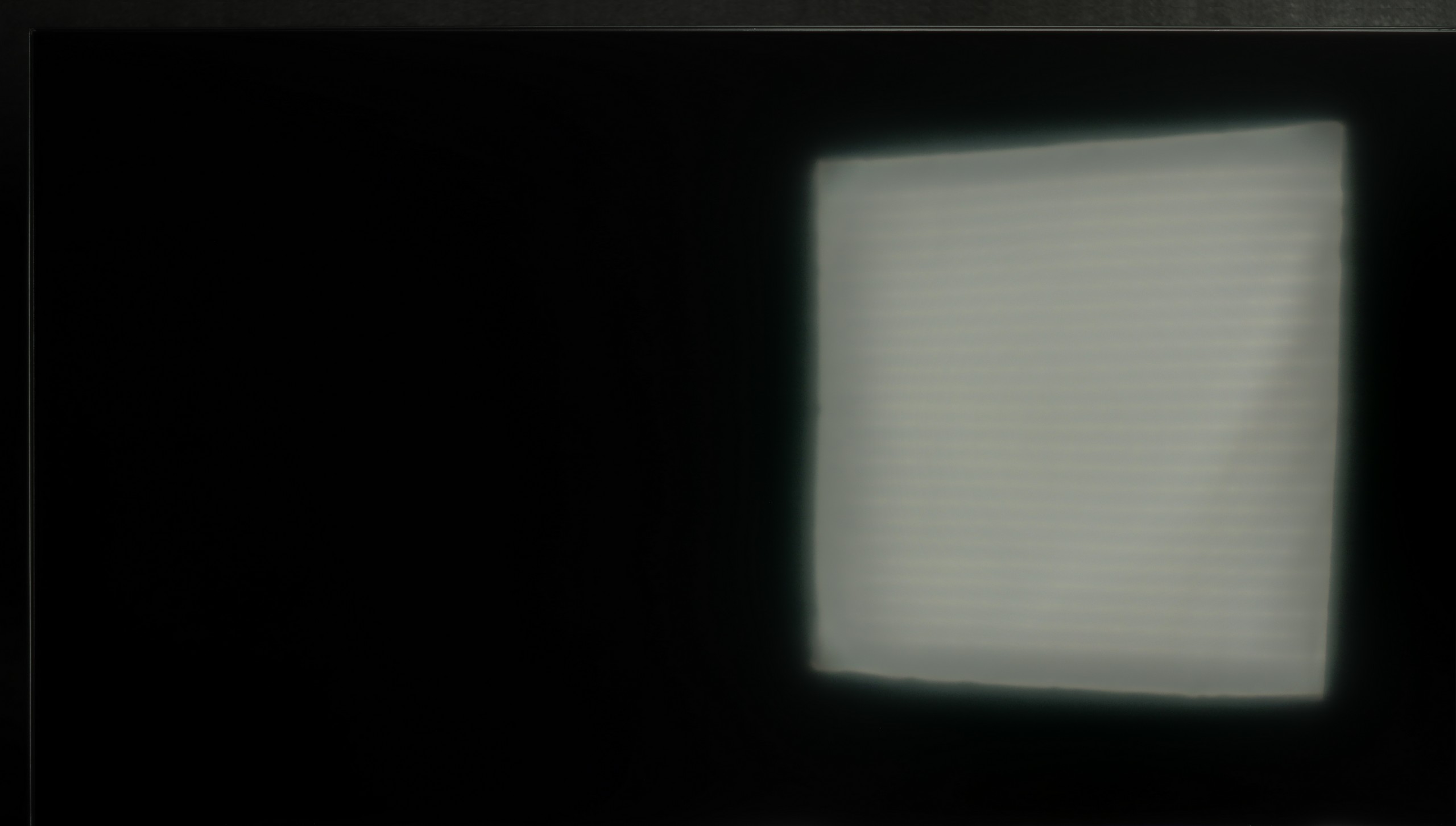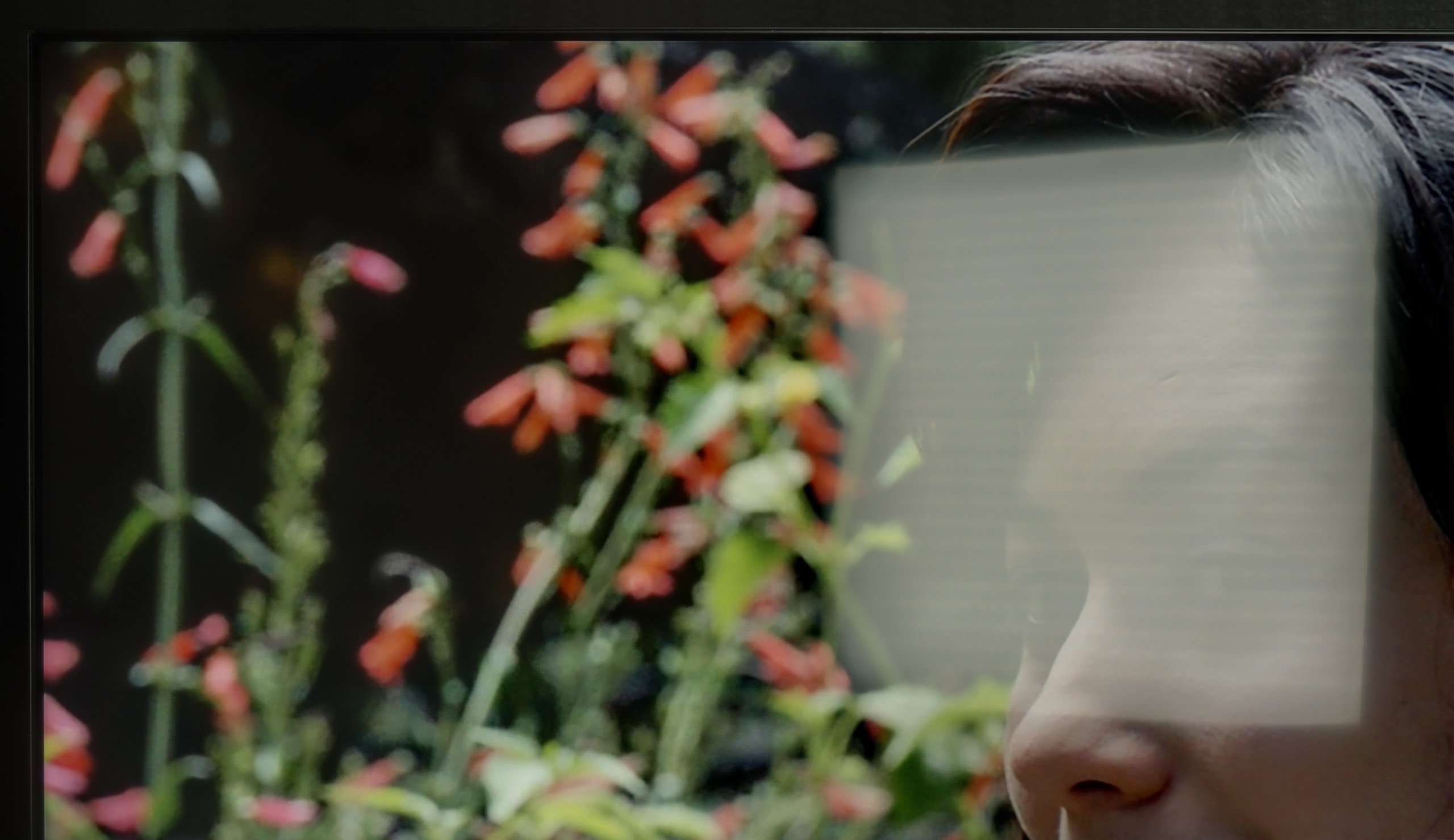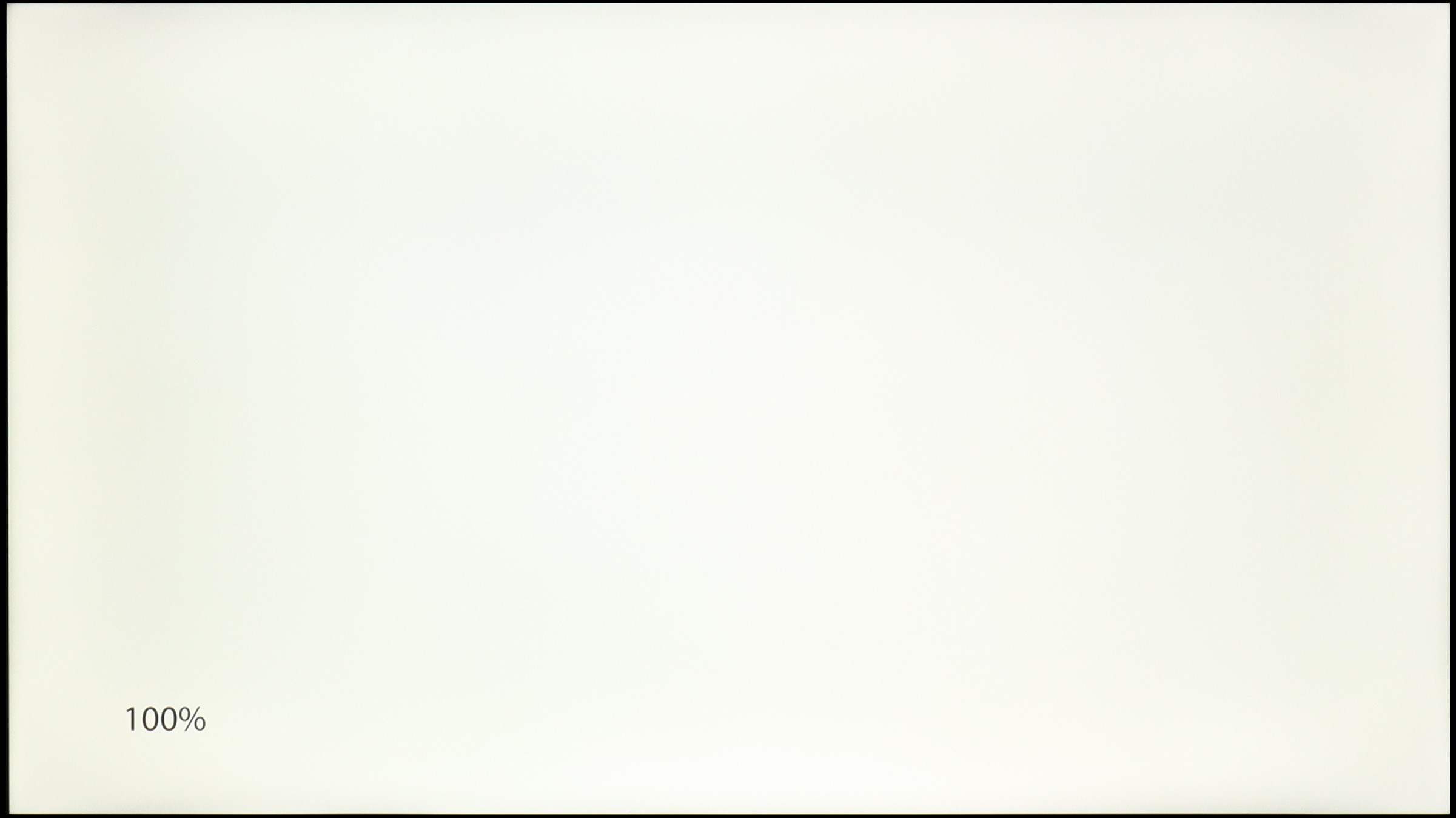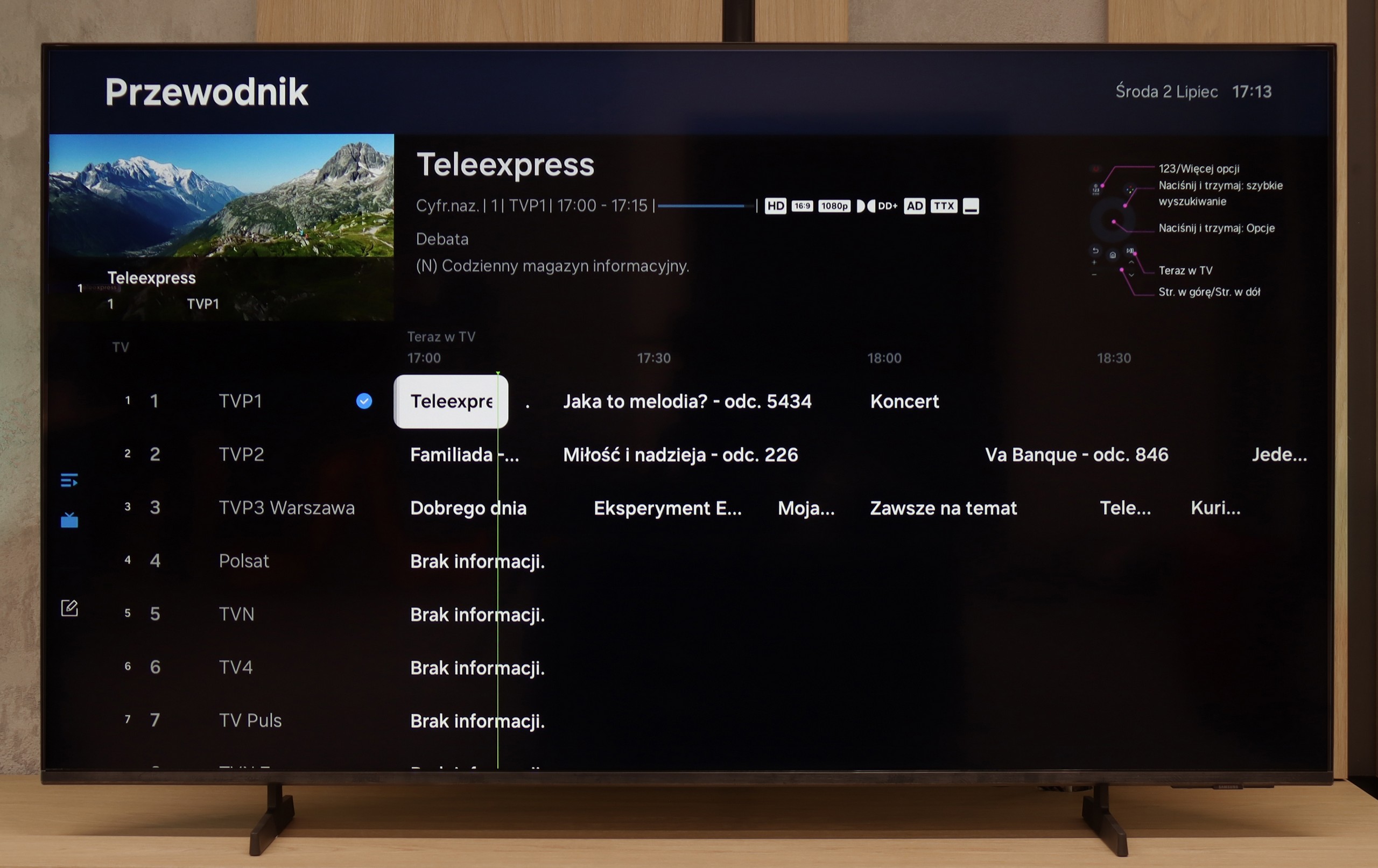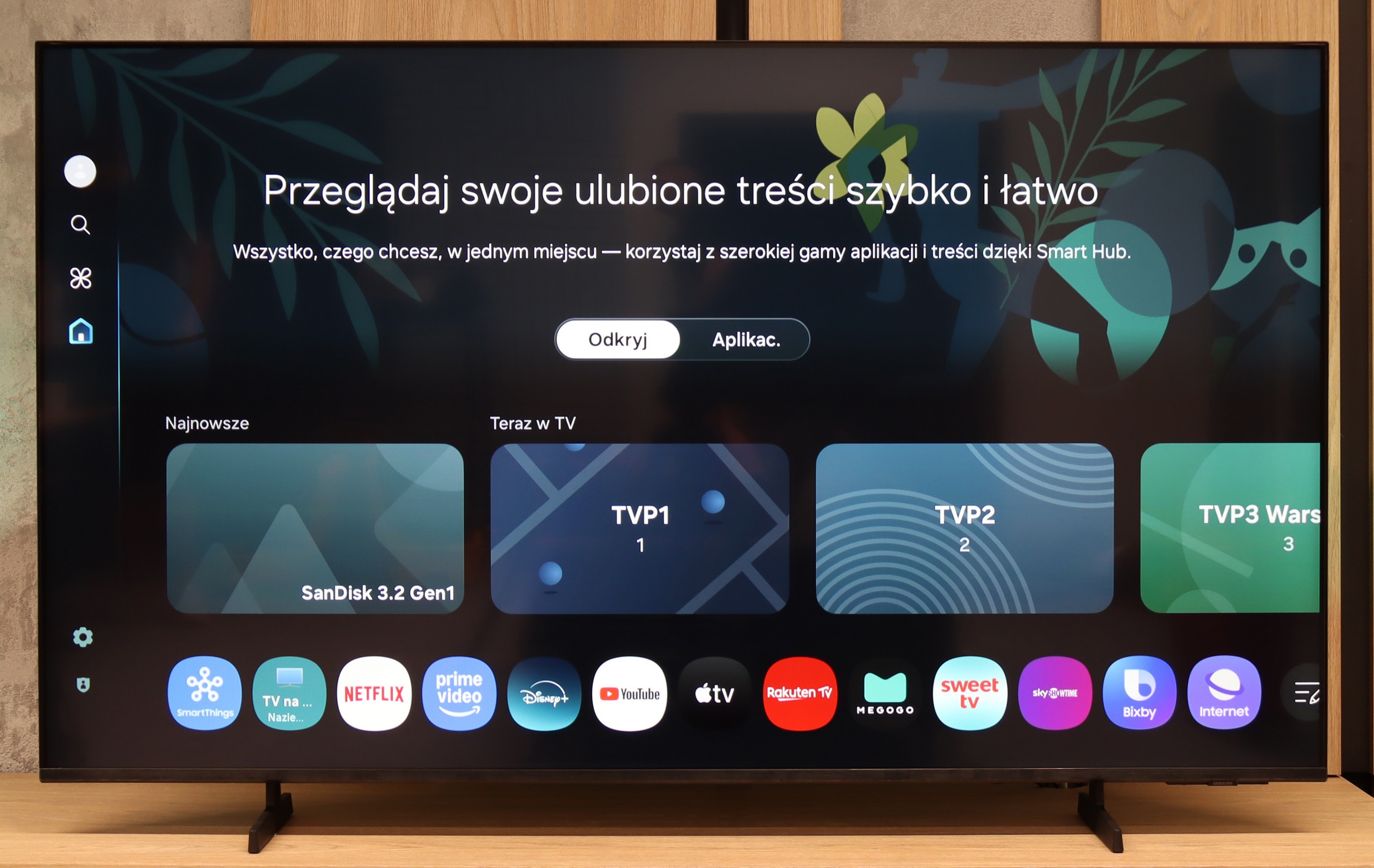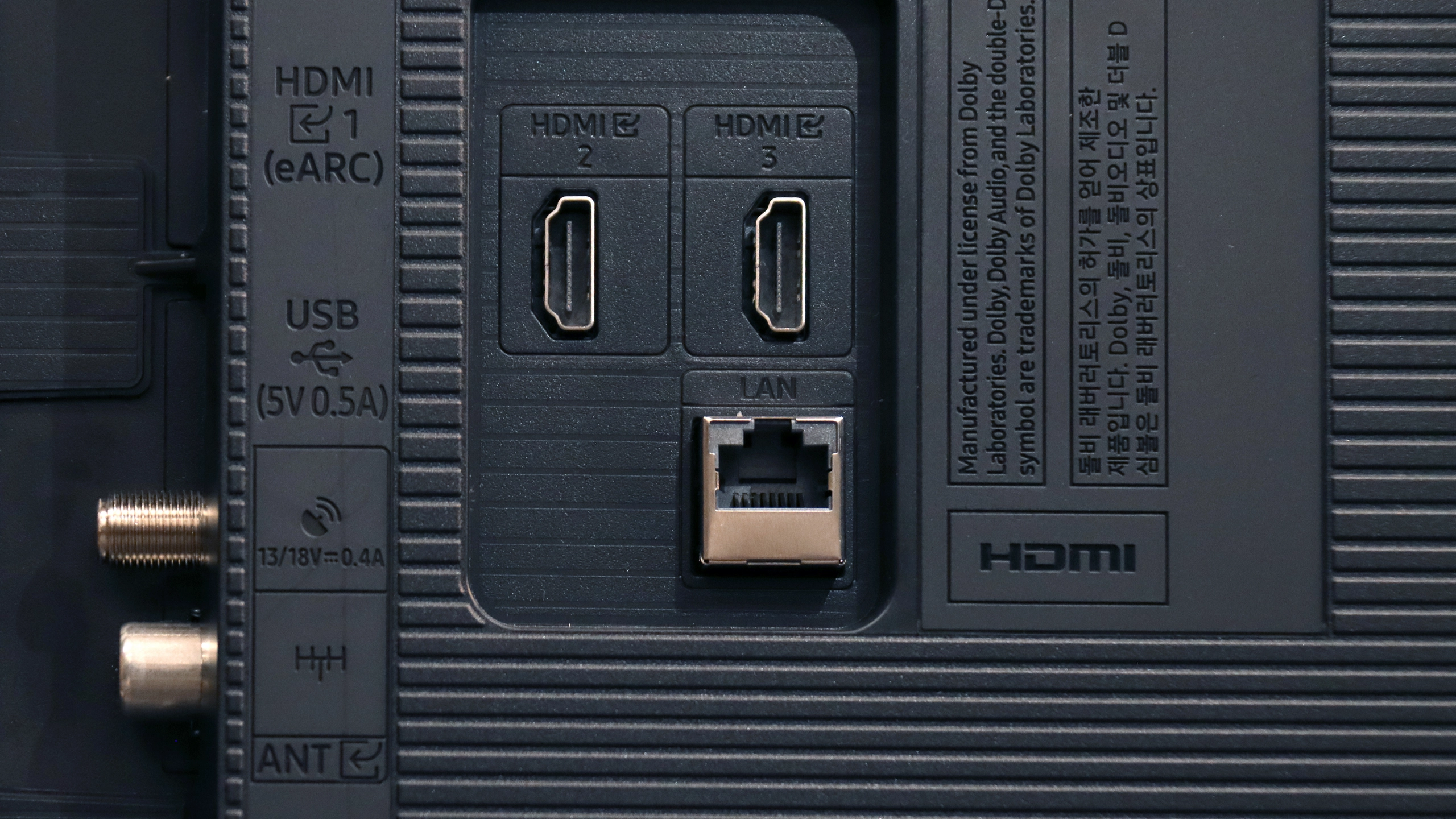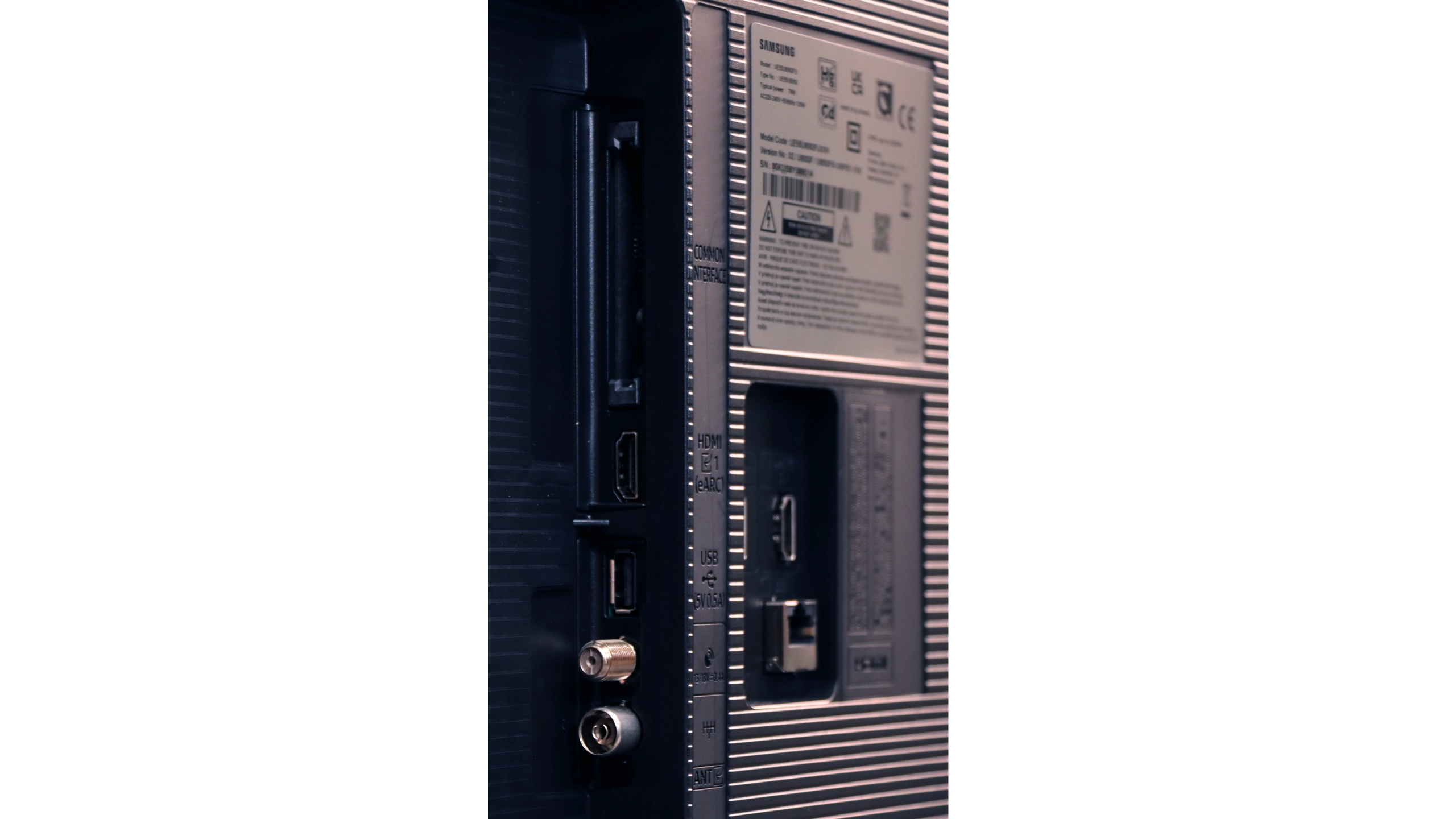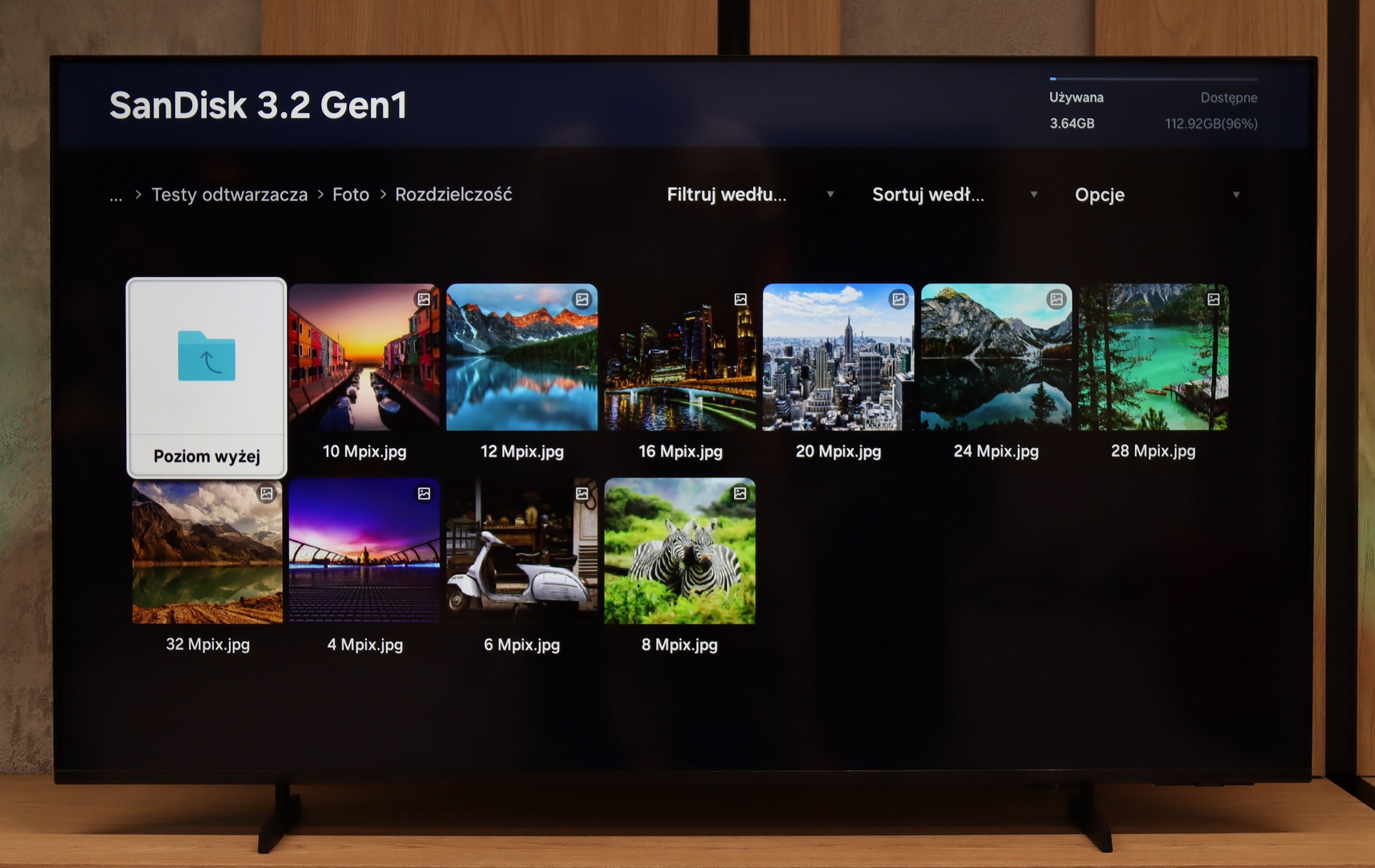Samsung U8000F with a VA panel is a television that can pleasantly surprise in its class – of course, if we know what to expect from it. Its biggest advantage is definitely the black quality. Compared to the version with an IPS panel, the difference is enormous – the picture gains depth, the contrast looks much better, and evening movie sessions no longer feel like watching content through a gray filter. For a budget segment device, this is truly a nice surprise. The proven Tizen system also deserves credit, which not only works smoothly but also offers access to a full range of applications, support for SmartThings, and a voice assistant (via an app). The PC mode and connection to a console work flawlessly – the fonts are clear and readable. Additionally, it has basic features for gamers, such as VRR and ALLM, which – although they won’t turn this TV into an e-sport machine – are more than sufficient for occasional gaming.
Of course, like any construction in this budget, the U8000F with a VA panel has its limitations. The viewing angles are not one of its strong points – watching the picture from the side easily reveals a drop in quality. Nevertheless, it's hard to consider this a serious drawback – because something has to give. Better black levels are always associated with slightly lesser flexibility in adjustment. When it comes to HDR, we have rather a symbolic approach – the brightness is too low to talk about a true “wow” effect, and the color palette is limited. But let’s face the facts – that’s not why you buy such a TV. So if you're planning to purchase the U8000F, we definitely recommend opting for the version with a VA panel. It's still a very basic model, but in this version, it offers more than one might expect – especially in terms of black quality. And in this price range, that’s quite a lot.
